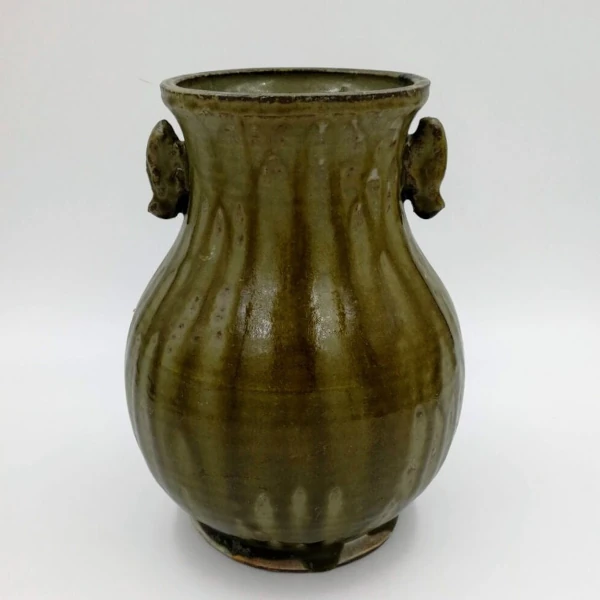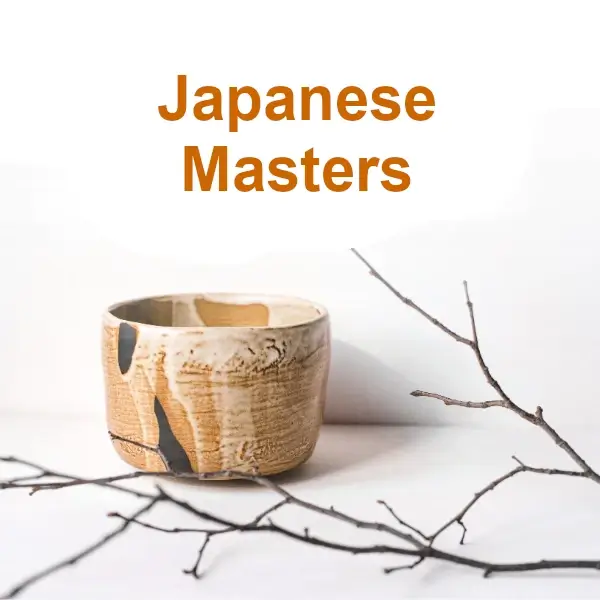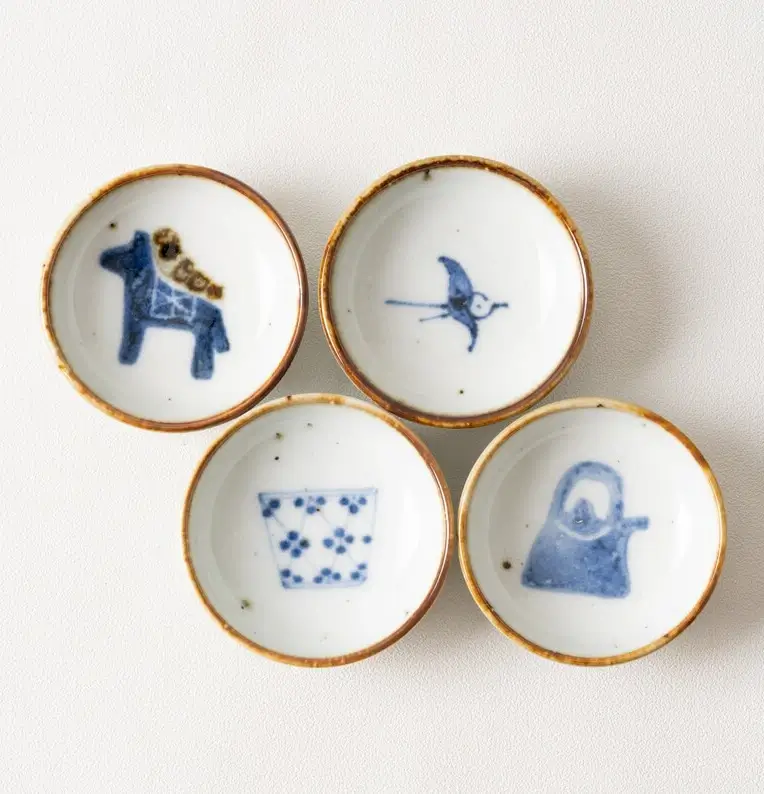The breathtaking beauty of Japanese Seto ceramics
Seto pottery, known as Seto-yaki, is more than a beautiful collection of handcrafted works; it is a legacy that has stood the test of time, evolving with each era and remaining a pillar of Japanese culture. The history of this pottery dates back to the 13th century, when Katō Shirōzaemon, after studying the art of ceramics in China, founded a successful kiln in Seto, ushering in an era of unprecedented ceramic production in the region.

An ancient legacy
Seto pottery is distinguished by its diversity of glazes and glazing techniques, being the first in Japan to employ glazes during the Kamakura period, which revolutionized the development of utensils for the Japanese tea ceremony. The high quality clay available at Seto, which turns white when fired, is ideal for producing beautiful pieces, such as chawan, giving life to various shapes and styles, such as the yellow-glazed Kiseto and the black-glazed Setoguro, among others.
Seto is one of Japan’s Six Ancient Kilns, a title it shares with other venerable pottery-producing regions such as Bizen, Tanba, Echizen, Shigaraki and Tokoname. These kilns, with a history dating back more than a thousand years, are known to have laid the foundations of Japanese pottery. In particular, Seto has the distinction of being the only one of these historic sites to produce glazed pottery during the Middle Ages, giving it a prominent place in the history of Japanese pottery. The exceptional quality of the local clay and the constant innovation of its craftsmen allowed Seto-yaki to become deeply integrated into everyday Japanese life, making the term “setomono” synonymous with ceramics in Japan.
Influences and evolution
Over the centuries, Seto’s artisans not only drew inspiration from Chinese ceramics, including celadon green and dark tenmoku porcelains, but also adapted and fused these influences with local traditions, creating unique pieces that reflect a distinctly Japanese character. This ability to adapt and evolve is a testament to the skill and creativity of Seto’s ceramists, who have kept tradition alive by integrating ancient and contemporary techniques.
Hedgerow at present
Today, Seto not only remains an important center of pottery production, but is also a symbol of Japan’s cultural heritage. Seto ware, or Setomono, has become a generic word for pottery in Japan and around the world, reflecting its widespread acceptance and recognition. With a history that spans more than a thousand years, Seto ware continues to represent the culture and tradition of Japanese ceramics, being a living testimony to Japan’s rich craft history.
The best works in Japanese ceramics
Places of Interest in Seto
Seto is not only famous for its ceramics, but also for places like the Seto-Gura Museum, which exhibits pieces from the Heian period and Chinese-style pottery. In addition, the Maneki Neko Museum houses the world’s largest collection of these famous Japanese “Lucky Cats”, inviting fortune and luck.
Festivals and Traditions
The city celebrates its ceramic heritage with events such as the Seto Toso Festival, honoring Kato Kagemasa, a pioneer of Seto ceramics, and the Setomono Festival, Japan’s largest ceramics festival, which attracts pottery enthusiasts from all over the country.
Cover credit: StonewareTreasury





